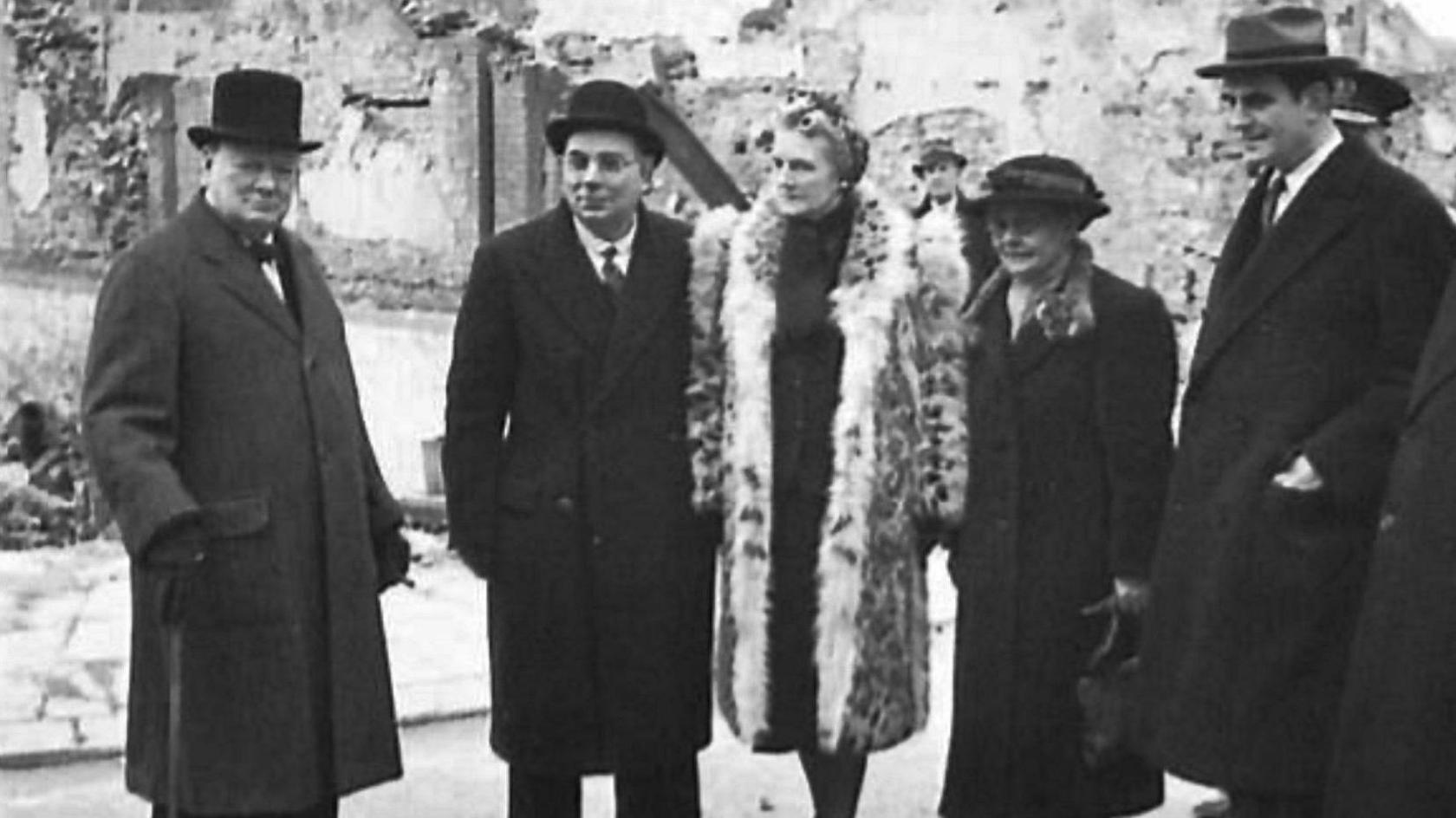How Cold War nuclear bunker divided a Welsh town
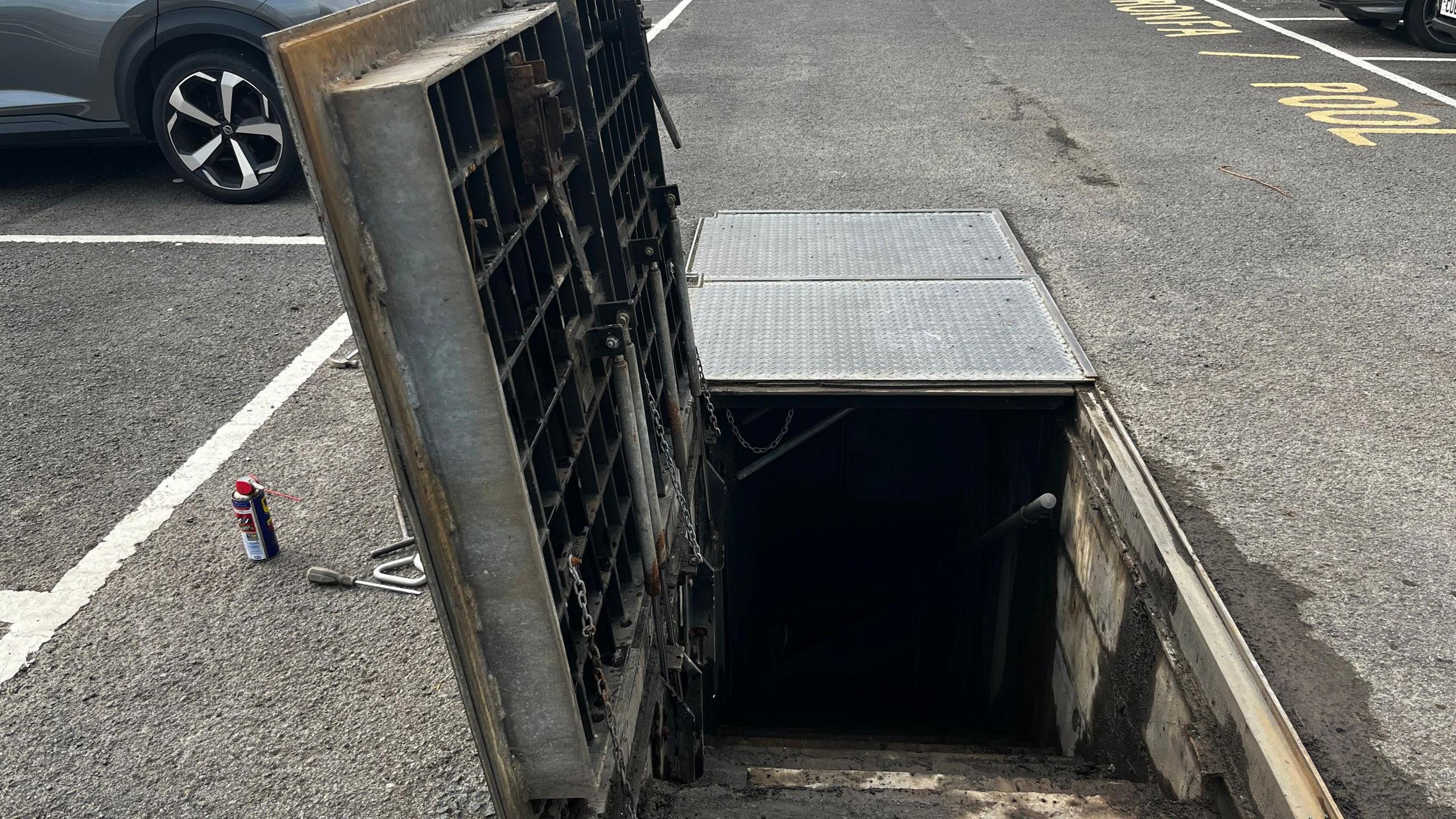
The nuclear bunker is in a council car park and hides a controversial story of protests and opposition to it being created
- Published
As tensions between the West and Russia rose during the Cold War, councillors in a Welsh town decided to take precautionary measures and build a nuclear bunker.
But their decision did not go down well with everyone in Carmarthen, with a bitter, and at times violent confrontation, erupting.
It is 40 years since members of the town's now defunct district council decided to build the shelter, using a grant from then Prime Minister Margaret Thatcher, which covered 75% of the cost.
But when peace campaigners found out about the plans, they marched through Carmarthen, and also formed a human chain around the site near Spilman Street to stop work.
Cold War bunker given listed status
- Published3 February 2022
The Cold War bunker brought back to life
- Published15 June
Former Welsh assembly member, Reverend Rhodri Glyn Thomas, said issues began in September 1985 after campaign for nuclear disarmament group CND Cymru got wind of plans.
"Suddenly we realised through CND, nationally, that there was an intention by the Home Office to build nuclear bunkers throughout Wales and the UK," he said.
"What they intended on doing was give the impression to the population that you can withstand a nuclear attack and defend the population against that attack."
Protests grew over several months according to campaigner Sian ap Gwynfor, who said: "A group of us, between 12 and 15 of us, went in and we decided to sleep overnight.
"One night became two and three, and it became weeks and months.
"That's how effective it was.
"We gathered momentum and got news out to the town and to the county about what was happening."
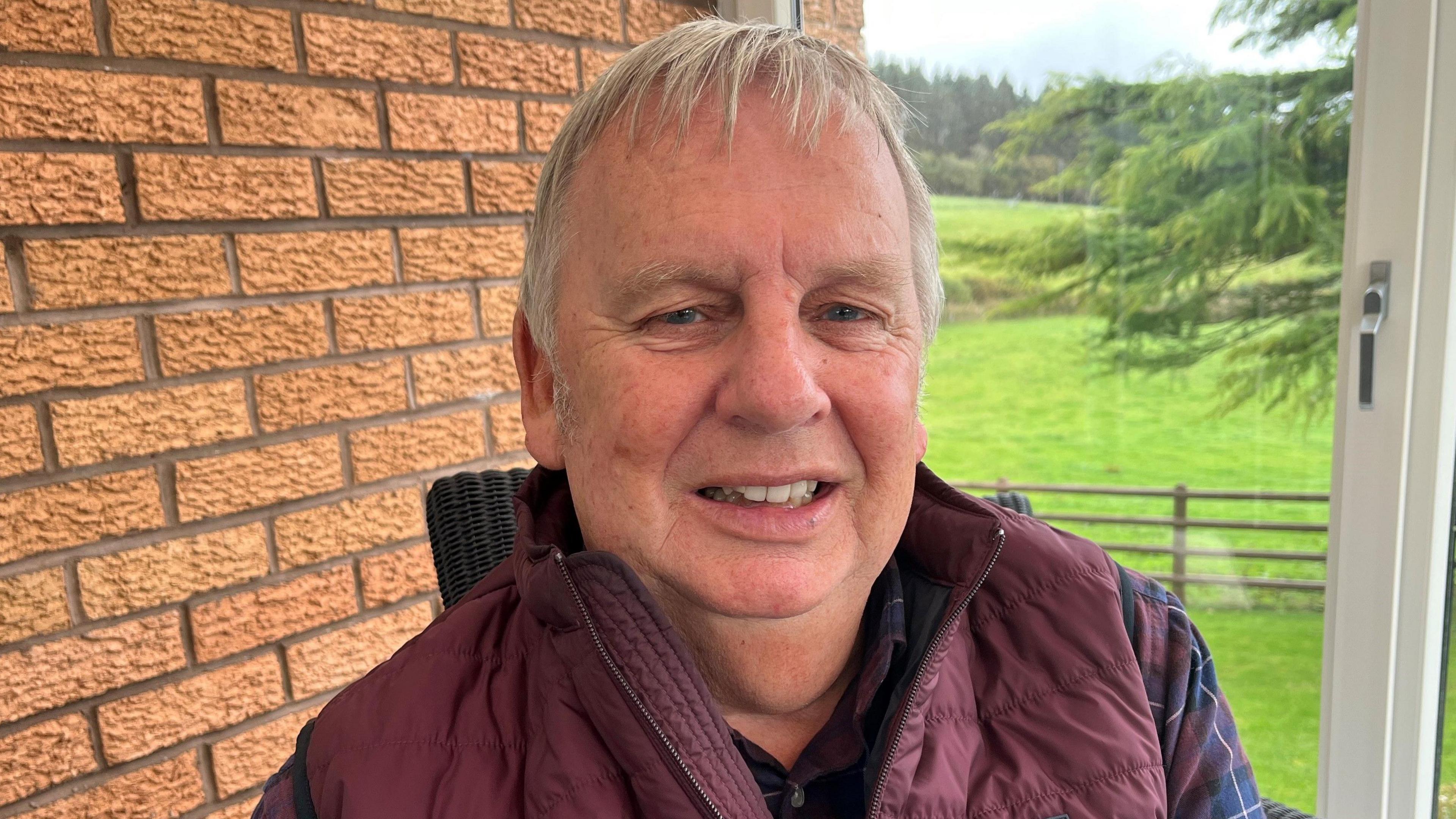
Reverend Rhodri Glyn Thomas was one of a number of local ministers who opposed the construction of the nuclear bunker
Sian ap Gwynfor said she was proud of her part in the campaign, but the injury to her friend and fellow activist Sue Pitman was "awful".
"Sue decided to have a peek inside," she said.
"She went up on my shoulders and as she did, she put her hands up to hold on to the fence, and within seconds she was pulled down, ripped down, and as a consequence she lost one of her fingers and was rushed to hospital in an ambulance."
Doctors were unable to reattach her severed finger.
A security guard was later found not guilty of causing injury to Dr Pitman.
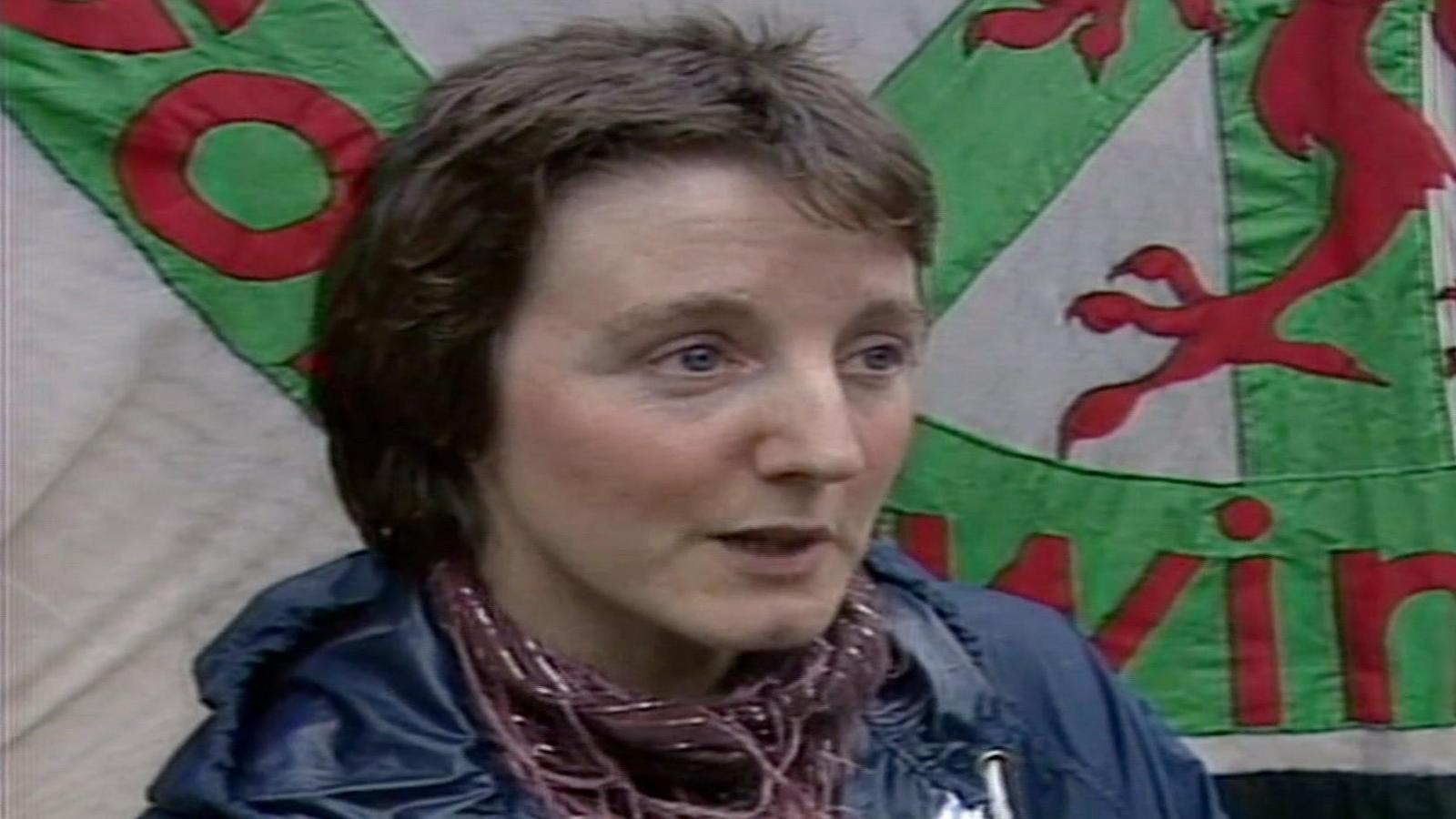
Sian ap Gwynfor was a mother of two young childen when she decided to join the campaign against the bunker
It is estimated that the final bill for the construction of the nuclear shelter, which has three rooms, was around £400,000.
The car park where the bunker was built is now owned by Carmarthenshire County Council.
Former journalist Alun Lenny, now a county councillor, reported on the protests for BBC Wales.
He says the bunker was a "tremendous waste of money".
"The bunker is now flooded with water and is a very unhealthy place," he added.
"The air is very foul.
"If there was a nuclear war, I certainly wouldn't want to be down there. I'd rather take my chances in the cupboard under the stairs. "
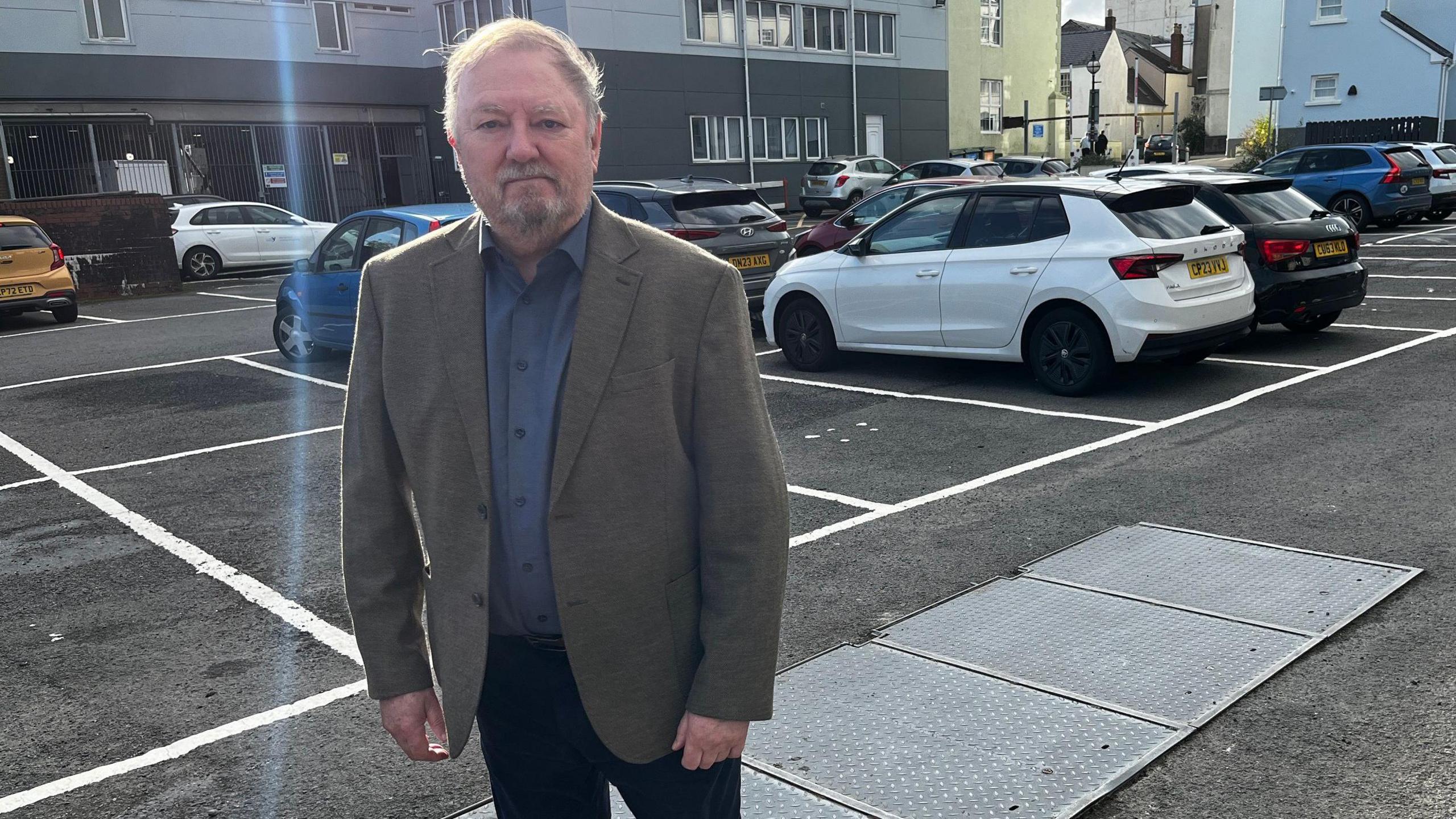
Former BBC reporter Alun Lenny next to Carmarthen's nuclear bunker
Although the bunker was eventually completed, Rhodri Glyn Thomas claims the campaign against it was a "success".
He said: "The situation today is very similar to what it was 40 years ago, even worse perhaps, and it's very important people are aware of the reality that exists.
"It's extremely important that it was revealed that although it was possible to build nuclear weapons, withstanding a nuclear attack just wasn't possible."
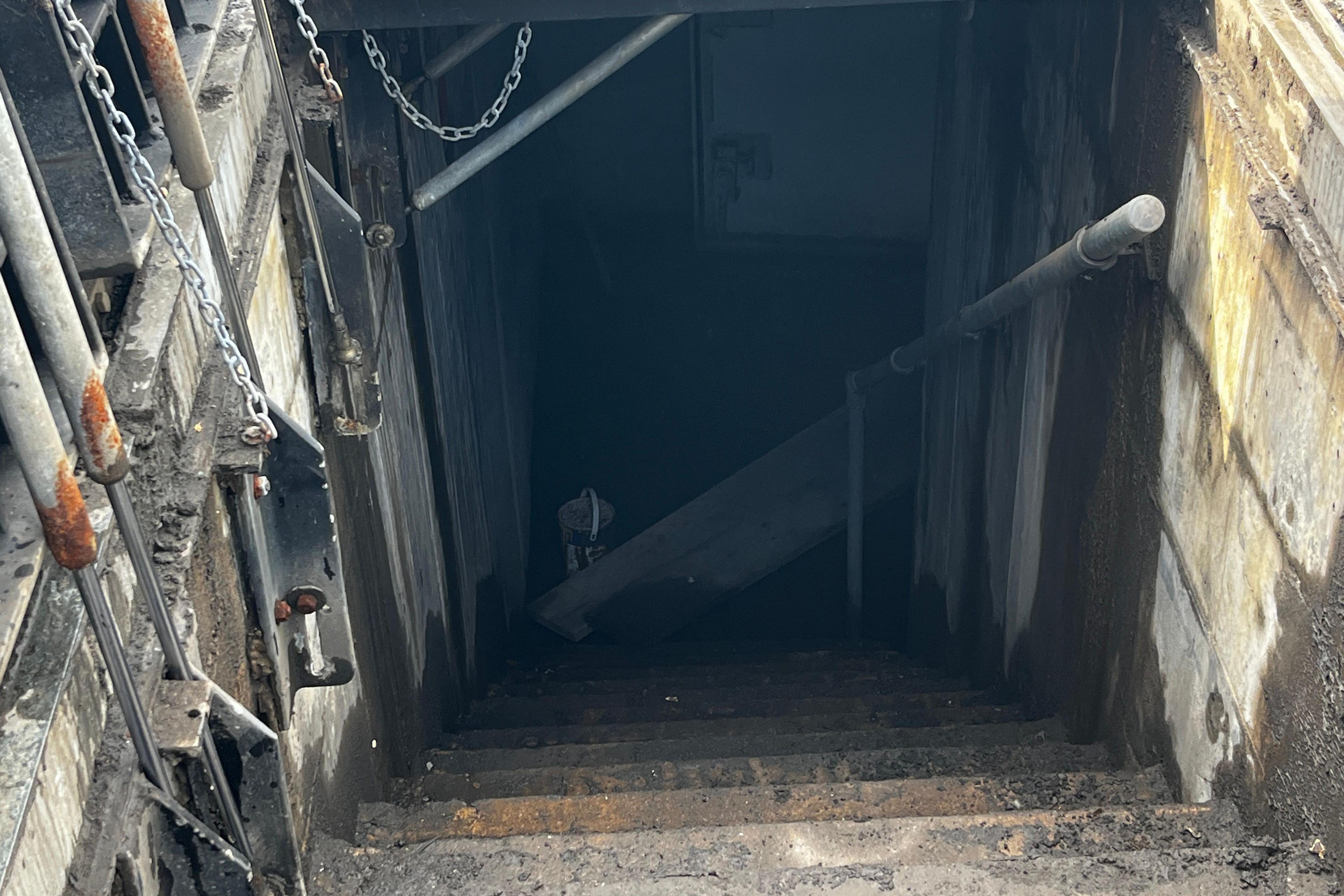
Steps leading down to the nuclear bunker, which is now flooded
Fellow campaigner, Reverend Guto Prys ap Gwynfor says the row and extensive publicity surrounding the bunker in Carmarthen prevented the construction of similar shelters around the country.
"I am proud of what everybody who took part did," he said.
"No further bunkers were constructed in Wales."
A High Court injunction, which prevents peace activists involved in the campaign from visiting the site, remains in force 40 years later.
Related topics
- Published7 September
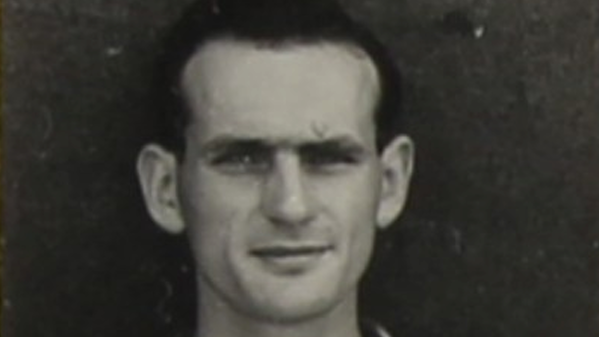
- Published3 August
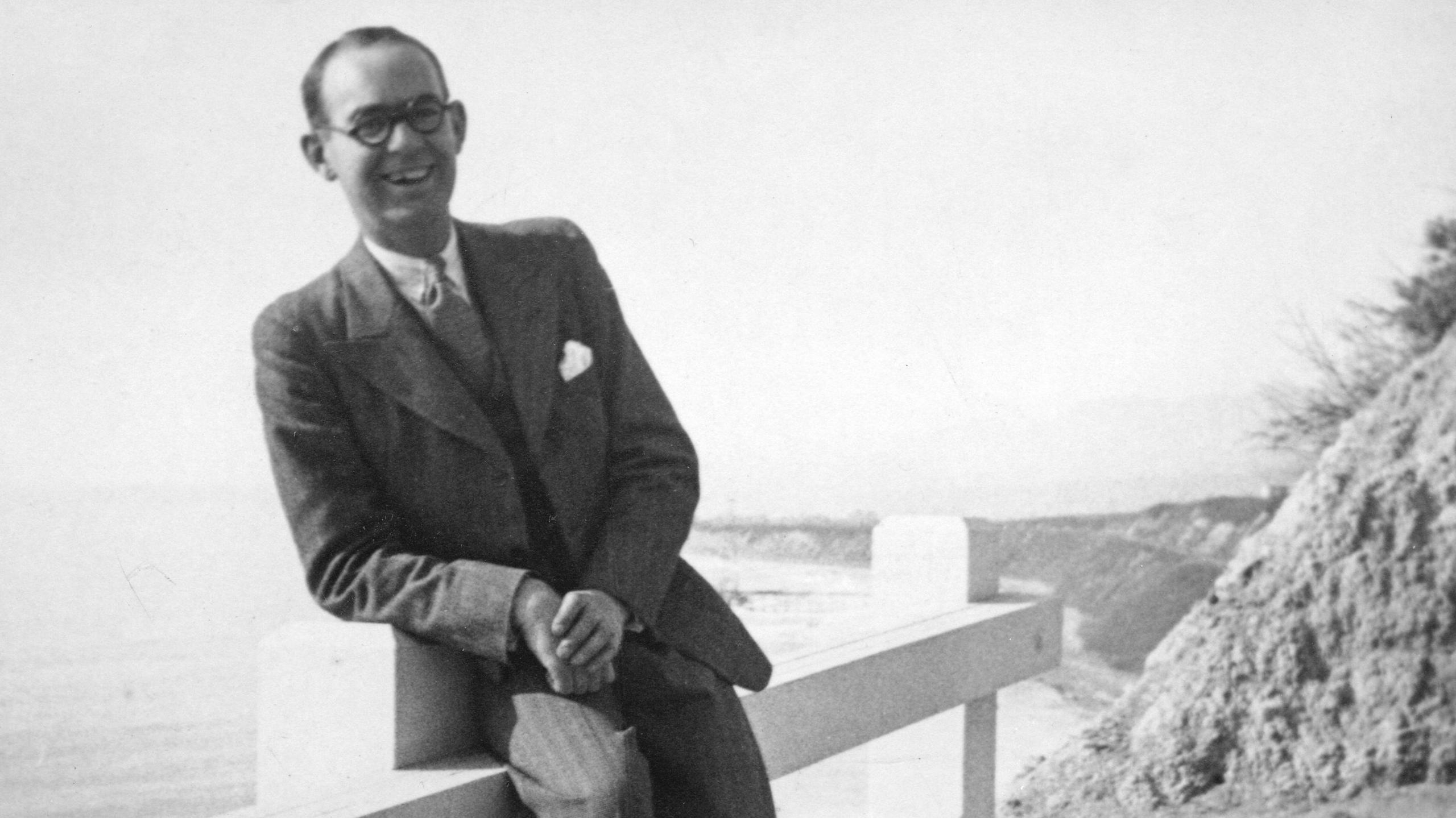
- Published10 November 2024
